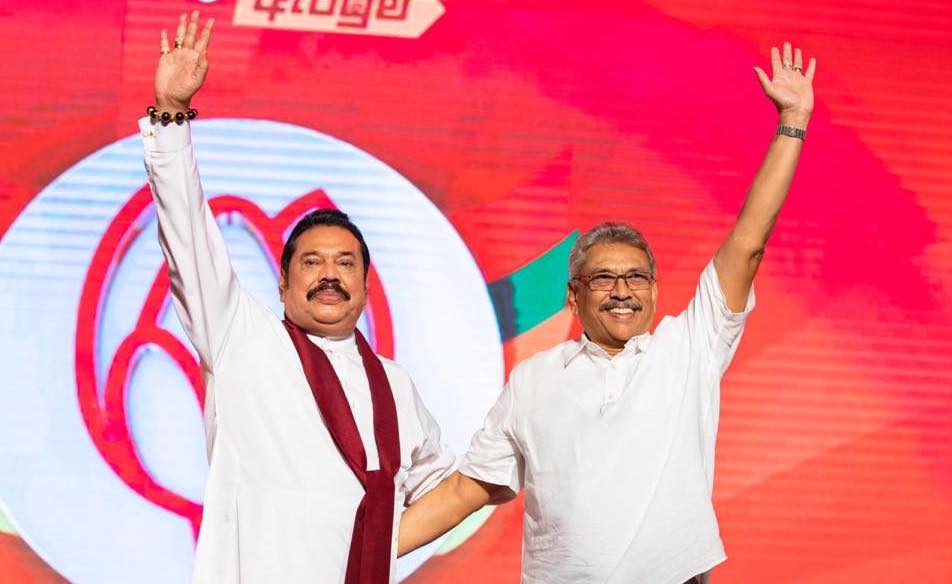
The doctrine of Sinhala Buddhist nationalism, which has been instrumental in the Sri Lankan nation-building project, is the driving force behind the current economic crisis, writes Madura Rasaratnam, an associate professor at the University of London, in The Indian Express this week.
The ruling Rajapaksa family has seen a rapid decline in popularity amidst an economic crisis that has created mass insecurity on the island. The crisis is largely viewed as a consequence of economic mismanagement at the hands of president Gotabaya Rajapaksa and his government.
On 12 April the finance ministry announced the government was defaulting on US $51 billion in foreign debts.
Rasaratnam posits that the Sinhala Buddhist nationalism which gave way to the success of the Rajapaksa family in 2005 is also the source of their current failure. She argues the current crisis shows “that Sinhala nationalist policies are no longer financially or politically viable”. She continues to state “the Rajapaksas’ electoral success stems from their uncompromising commitment to defending Sinhala Buddhist nationalism against domestic and international pressures”.
The state has identified Tamils and Muslims on the island as domestic threats to the preservation of Sinhala Buddhist supremacy, she continues. Former President Mahinda Rajapaksa was able to come to power prior to the armed conflict by mobilizing “popular rage at the indignity of having to negotiate with the Tamils”.
After the armed conflict came to an end, Rajapaksa used Sinhalese nationalist sentiments to justify the militarization of the Tamil regions - it is estimated that in some regions in the North-East there is approximately one soldier for every two civilians. On 11 April former President Mahinda Rajapaksa addressed ongoing unrest. His speech made numerous references to a bloody war that was fought to defend the nation. Rajapaksa went on to denounce the protests and asked protesters to “protect our nation from once again slipping into a time as dark as that in our history, through these actions.”
Rasaratnam states that the other aspect of Sri Lankan policies has been to protect Sinhala Buddhist nationalism from international threats, the “economic policies were also more in keeping with Sinhala nationalist sympathies”. “The government distanced itself from overtly pro-market, liberalization policies of previous administrations and went, instead for infrastructure investment and welfare driven-approach, funded in large part by bilateral and commercial market debt,” she adds.
Rasaratnam emphasizes that the ongoing economic crisis “can serve as a reality check for the Sinhala nationalist leadership and electorate” and adds that this crisis is an indication of the shortfalls in the Sinhala nationalist agenda that has functioned as the backbone of Sri Lankan politics.
Read Rasaratnam's full article here.
We need your support
Sri Lanka is one of the most dangerous places in the world to be a journalist. Tamil journalists are particularly at threat, with at least 41 media workers known to have been killed by the Sri Lankan state or its paramilitaries during and after the armed conflict.
Despite the risks, our team on the ground remain committed to providing detailed and accurate reporting of developments in the Tamil homeland, across the island and around the world, as well as providing expert analysis and insight from the Tamil point of view
We need your support in keeping our journalism going. Support our work today.
For more ways to donate visit https://donate.tamilguardian.com.

